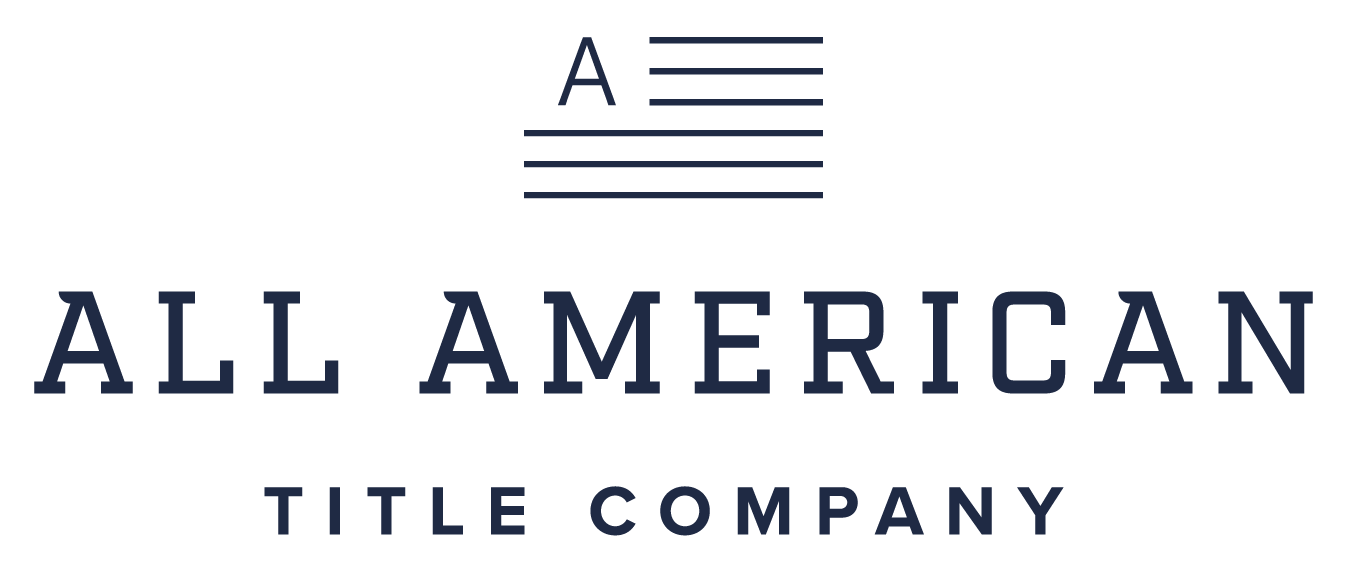5 Misconceptions about Title Insurance
Insurance can be a tricky topic. From navigating policy coverage to negotiating premium costs to finding the right company it can often feel like a confusing and complicated task. With so many different types of insurance, it can also be hard to keep track of what type covers which item.
While we may not be able to help determine which car insurance is best, we can help when it comes to understanding title insurance – what it is and what it isn’t.
Read on to discover five common misconceptions about title insurance and uncover the truth.
1. Purchasing Title Insurance isn’t the Buyer’s Responsibility
When buying a home, some individuals believe that title insurance automatically comes with the purchase. Whether they believe the seller’s purchase it for them, transfer it with ownership or that it is a gift from their closing company, this is false.
Purchasing title insurance is the responsibility of the person(s) buying the home.
2. There is Only One Type of Title Insurance
It is commonly thought that title insurance is blanket term for a policy that covers the ownership of the property and all that may entail.
In fact, when the buyer is looking to purchase title insurance there are two types they can buy.
The first, and most common, is the lender policy, or mortgagee policy. Lender’s policies protect their investment (i.e. loan) from many title defects, and protect the position of their mortgage which is the collateral that secures their note.
The second is the owner policy, or fee policy. This is the policy that protects the owner from anything that may threaten their right to ownership. This can include things such as forged signatures and unknown heirs.
While lender’s policies are most common, it is often suggested that buyers purchase both.
3. Homeowners Insurance and Title Insurance are the Same Thing
As we stated above, title insurance can protect lender’s investments and a buyer’s right to ownership.
Homeowner’s insurance, on the other hand, protects the structure of your home and the items inside.
4. Future Loan Modifications are Covered with Title Insurance
Title insurance is different than any other types of insurance as it covers past events versus potential future events. Given that, the duration of title insurance is a bit different.
For both lender’s and owner’s policies, a buyer only pays once. An owner’s policy is in place as long as the individual owns the home. The lender policy, however, is with the lender. This means, as the mortgage is paid down the duration of the lender policy is shortened. When a mortgage is fully paid off, there is no more lender’s policy.
As the lender’s policy stays with the lender, if a refinance is in order the former policy will not transfer. Thus, the owner must purchase a new policy that accompanies the new loan.
5. Title Insurance is Often Another Requirement of Purchasing a Home
First and foremost, there is not just one set cost for title insurance. Policies can differ depending upon the property location, company and the home itself. Many companies offer a quote, or a title calculator to help give buyers an idea of what it may cost them.
There are many different factors to purchasing title insurance. That’s why it’s important to shop around!
Finally, title insurance is not always required. While it is highly recommended, it is up to the buyer to decide if they want to purchase an owner’s policy. At AAT we believe in title insurance and don’t want it to feel like just another added cost to an already pricey transaction. That’s why we also believe in arming the buyer with all the information possible so they feel empowered to make the right purchase for them.

